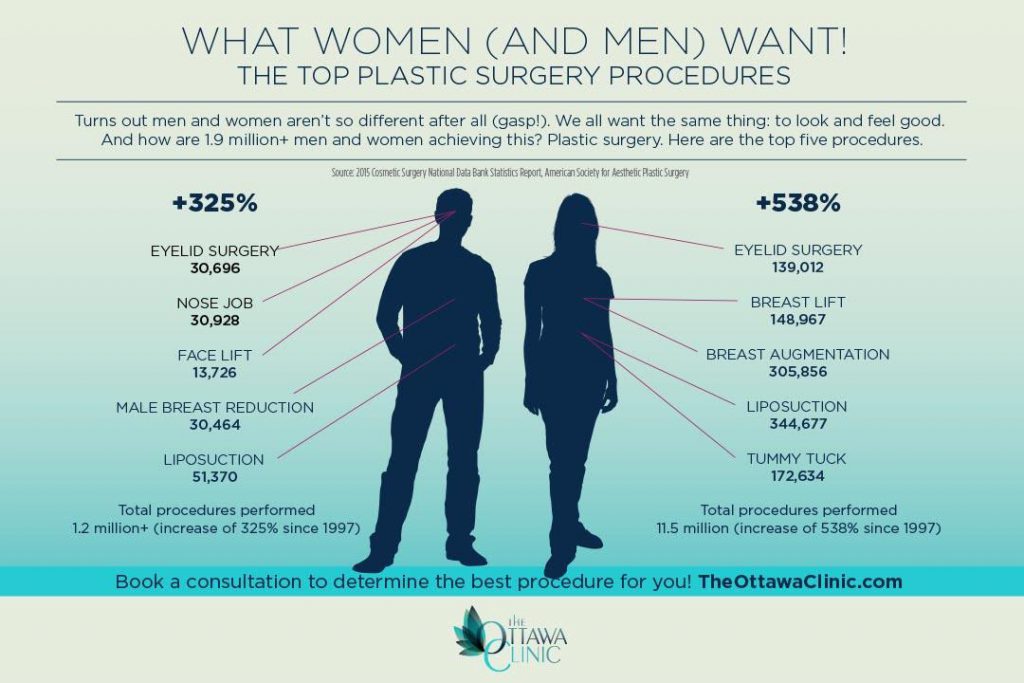How To Avoid Acne Flare Ups
How To Avoid Acne Flare Ups
Blog Article
Acne Therapy - What Are AHAs in Acne Therapy?
AHAs are a vital active ingredient for unclogging pore obstructions and brightening acne-prone skin. They work by breaking down dead skin cell buildup to promote newer, fresher cells, and protecting against future obstructions.
Creating topical AHAs requires meticulous interest to various essential variables that substantially influence their effectiveness and tolerability. Keeping the optimal pH variety, along with car option and concentration, enhances their exfoliative qualities while mitigating potential negative responses.
Glycolic acid
Glycolic acid is known for its moderate yet efficient scrubing residential or commercial properties, which advertise skin's all-natural shedding and loosen up the "glue" that holds dead cells externally of the skin. This helps unblock pores and minimize the look of fine lines and wrinkles, in addition to boost overall skin structure and tone.
Surprisingly, topical glycolic acid has likewise been shown to promote the production of collagen, which is crucial in preserving skin's suppleness and elasticity. It is necessary to note, nonetheless, that since glycolic acid can promote the skin's sensitivity to sunlight, it is vital to put on sun block when making use of any products having this ingredient.
Skin specialists pay careful interest to the solution of products consisting of AHAs in order to maximize their effectiveness and tolerability. Formulating AHAs with the suitable lorry, along with pH and concentration factors to consider, enables optimum skin penetration while decreasing potential unfavorable reactions. This is particularly critical for patients with sensitive skin, given that AHAs are understood to be mildly annoying.
Lactic acid
Lactic acid is located in lots of over the counter skin treatment items and some stronger expert peels and therapies. It has the lowest molecular weight of all the AHAs and is able to permeate much deeper right into the skin, where it is more efficient at unclogging pores and scrubing.
Like glycolic acid, it additionally boosts collagen synthesis, which helps reduce great lines and creases and improve skin texture. Furthermore, it has moisture-retention buildings, which makes it better for drier skin kinds than various other AHAs.
The extensive body of professional information substantiating the effectiveness of topical AHAs sustains their energy in a wide variety of dermatological ailments and aesthetic issues. These include elaborate skin renewal treatments, attenuation of fine lines and wrinkles, lightening of hyperpigmentation, restorative treatment for botox for migraines actinic keratosis, and acne monitoring [2] Maximizing the solution of AHAs by stabilizing pH, focus, and lorry option further enhances their therapeutic potential. These careful factors to consider enable dermatologists to deliver secure and reliable therapies that give premium professional outcomes.
Mandelic acid
Mandelic acid, stemmed from almonds, is an additional participant of the AHA household and is a preferred active ingredient in items that assist treat acne. Its larger molecular size means it penetrates the skin more gradually and delicately, which can lower the possibility for irritability. It's additionally much less likely to set off redness and other skin sensitivity concerns, making it ideal for delicate skin kinds.
Mandelic Acid is believed to help in reducing swelling and boost hydration. It works by loosening up the bonds between dead skin cells, allowing them to lose and disclose fresher-looking skin. It likewise helps reduce the appearance of bigger pores.
Creating topical items with AHAs requires a precise equilibrium of essential factors that significantly influence their effectiveness and tolerability. In particular, the pH of an AHA solution has actually been shown to play a critical duty in its capability to advertise peeling and enhance complexion and structure. Achieving this optimal focus is a challenging objective and calls for meticulous focus to the numerous elements that impact the solution procedure.
Citric acid
Citric acid, found in citrus fruits such as oranges and lemons, is a light AHA. It's less bothersome than glycolic or lactic acid, making it preferable for sensitive skin. It additionally has astringent residential properties, assisting to dry excess oil.
Like other AHAs, citric acid can be made use of in chemical peels and everyday active/maintenance therapies to exfoliate the skin and advertise cell turn over. It can help reduce the appearance of dark places and hyperpigmentation, in addition to great facial lines.
It can additionally enhance the synthesis of glycosaminoglycans, which play a vital function in reinforcing the skin barrier feature. This helps to avoid trans-epidermal water loss, and maintain ideal hydration degrees in the skin [35]
AHAs can be incorporated with soothing ingredients such as ceramides or hyaluronic acid to enhance their tolerability. They can be integrated right into day-to-day active/maintenance skincare through cream or lotion solutions. This permits practitioners to tailor their AHA treatments based upon person demands and choices, with the flexibility of choosing from different treatment intensities or concentrations.